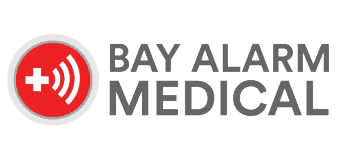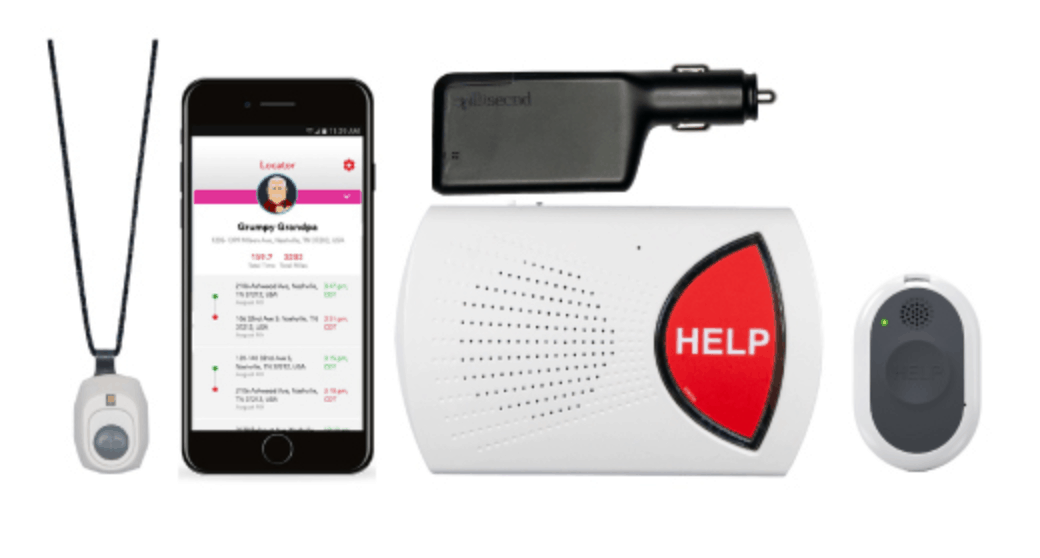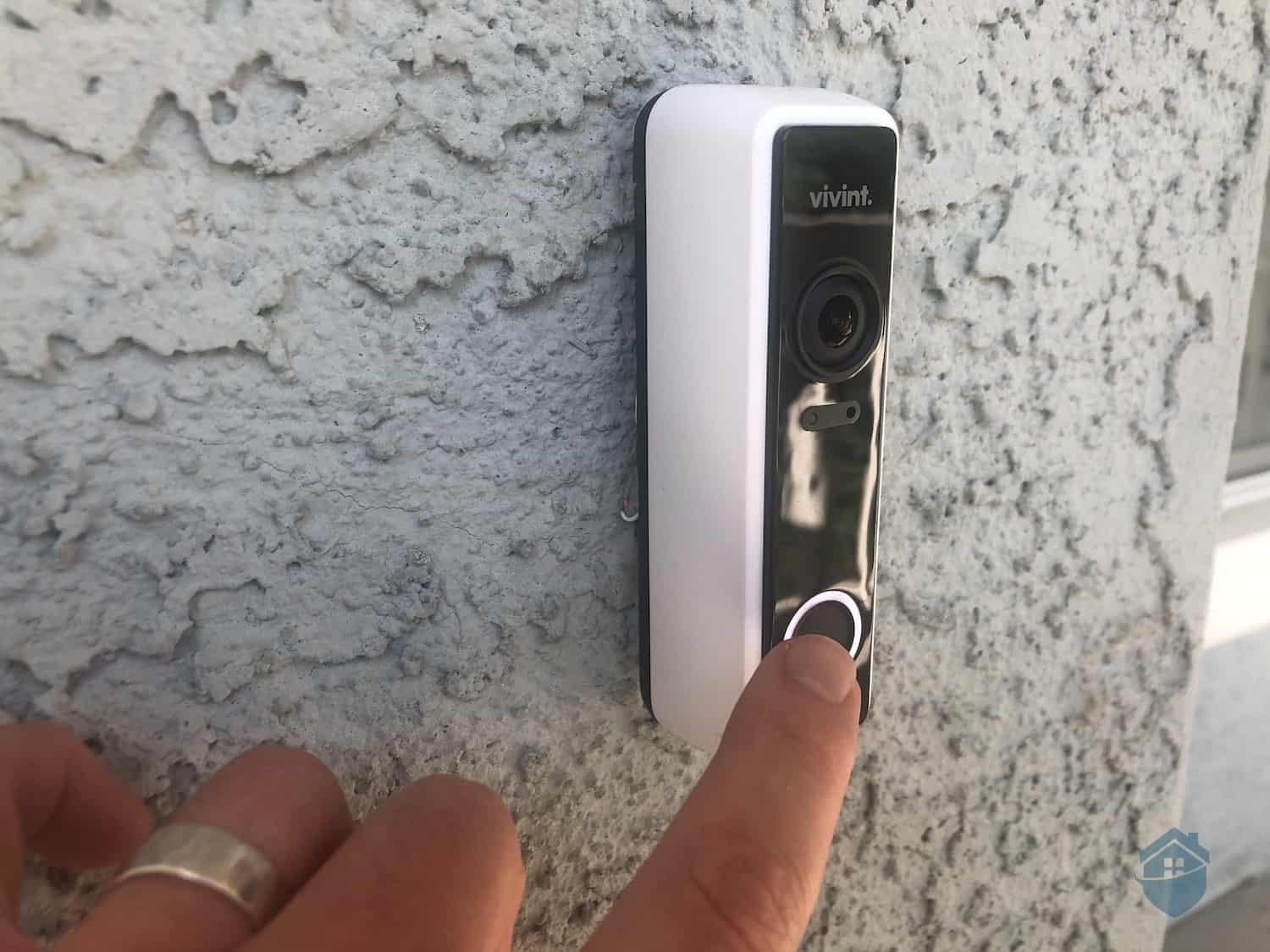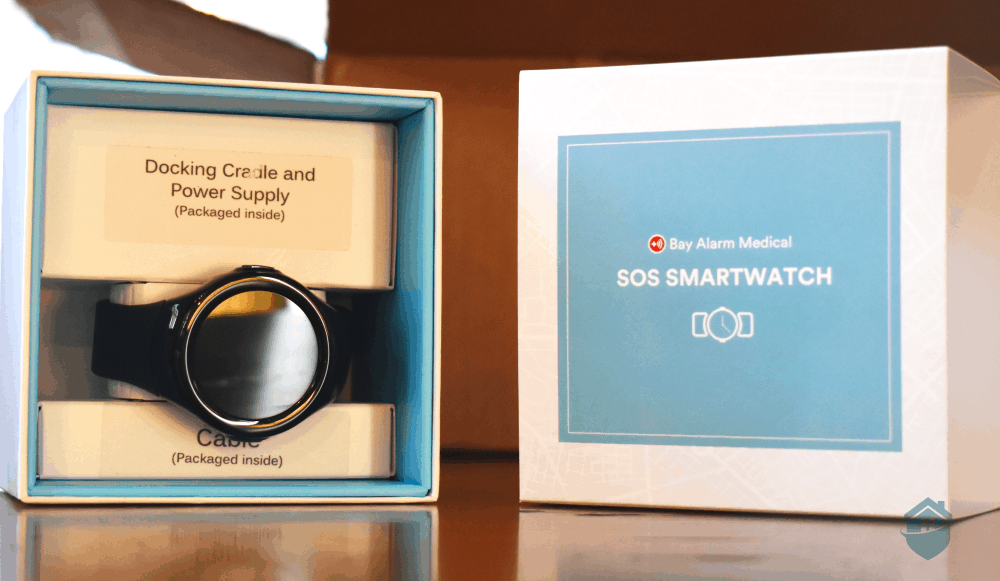Medical alert systems can help you summon help in case of an emergency. There are a variety of systems out there. Medical alert systems vary greatly in terms of cost, equipment, and capabilities. We’ve developed this page to help you compare systems.
Compare Medical Alert System Costs
The first step in comparing medical alert systems is to look at their costs. When comparing the costs of medical alert systems, you’ll want to look at two things — equipment costs and monthly monitoring fees.
One thing that you should understand before getting started is that medical alerts come in the form of at-home and on-the go systems. As a general rule of thumb, at-home systems are less expensive than on-the-go systems. With that said, advanced technology has led to some newer, more sophisticated at-home systems, like Aloe Care Health’s Smart Hub. Along with their advanced features comes somewhat higher pricing.
Equipment
The equipment and its costs can vary greatly among medical alert systems. The most basic at-home systems include a base unit and a help button that you either wear around your neck or as a bracelet. More sophisticated systems include activity monitoring and Bluetooth connectivity.
Most on-the-go systems offer a wearable, mobile device that includes GPS location detection, a help button that connects with the monitoring center, two-way talk, and optional fall detection. Some devices include other advanced features like location tracking for caregivers. Some providers now also offer smartwatches that also function as medical alerts.
Monitoring
Another factor that plays a part in the cost of a medical alert system is monitoring fees. Most units feature 24/7 professional monitoring. The rates can range from $20 per month for at-home, landline-based monitoring to $45 per month or more for at-home cellular monitoring or on-the-go monitoring.
Contracts
Most medical alert systems do not require monitoring contracts. If you want the flexibility of canceling your service at any time, you should have no trouble finding a provider that does not require a contract. Know that you will not necessarily save money by going with a provider that requires a contract.
Trial Periods
A trial period gives you time to try out the system risk-free. That way, you know whether or not the system will work for your needs. With a risk-free trial, you can return the system at no charge during the trial period. Most trial periods last anywhere from 14 to 30 days.
Compare Medical Alert System Features
Medical alert systems come with a variety of features. Some of the popular medical alert system features include:
- Cellular monitoring
- DIY installation
- 2-way voice
- Waterproof help button
- GPS location services for on-the-go systems
- Long-range capabilities for at-home systems
- Long battery life
- 24/7 professional monitoring
- Spousal coverage
- Automatic fall detection
Medical alert systems come with a variety of add-on services and features. These features add convenience and safety to your daily life. Here are some common medical alert system add-ons.
- Wall Button
- Automatic fall detection
- Location tracking for caregivers
- Protection plan
- Lockbox
- Fitness and activity tracking
Compare Medical Alert System Companies
Reading comparisons between two medical alert providers can be valuable. Following is a comparison of two popular medical alert companies on the market:
- Life Alert vs Apple Watch – For those who love Apple, an Apple Watch might be a great medical alert system, but is it better than Life Alert? Find out in our comparison.
Find Medical Alert System Alternatives
Many lesser known brands also have much to offer. Following are alternatives to well-known medical alert systems:







